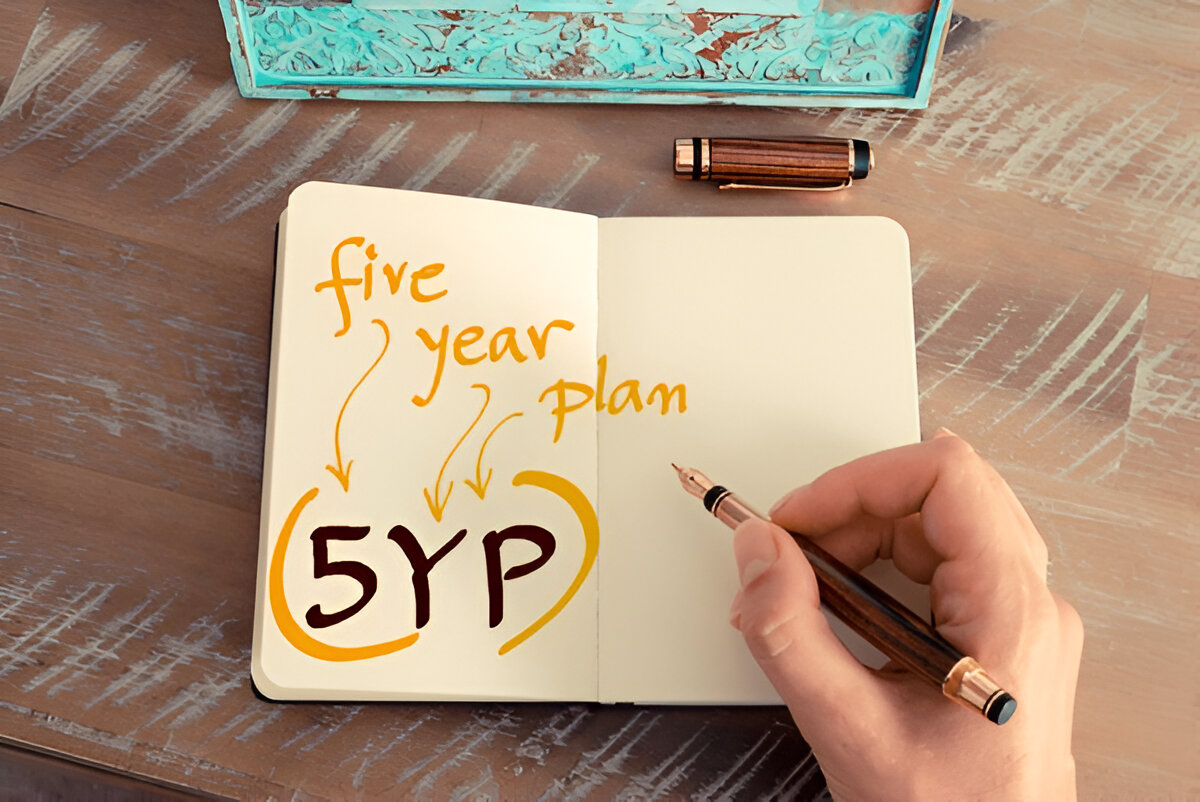
Ancient Indian History-Prehistoric India
WhatsApp
Telegram
Facebook
Twitter
LinkedIn

Join Our WhatsApp Channel
Overview of Indian History
| Category | Description |
| Definition of History | Derived from the Greek word “Historia,” meaning inquiry or knowledge gained through research. It involves studying past events, collecting information, organizing, presenting, and interpreting them. |
| Divisions of History | Divided into Prehistory, Protohistory, and History. |
| Prehistory | Refers to events before the invention of writing. Represented by the three Stone Ages. |
| Protohistory | The period between prehistory and history, where a culture is not yet developed but is mentioned in literate civilizations’ records (e.g., Harappan script is undeciphered but referenced in Mesopotamian texts). |
| History | Study of the past based on written records and archaeological sources after the invention of writing. |
Sources of Ancient Indian History
| Source Type | Examples | |
| Non-Literary Sources | Coins, Archaeology, Inscriptions, Foreign Accounts | |
| Literary Sources | Religious Texts (Vedas, Epics, Buddhist/Jain Texts), Secular Texts (Dharmashastras, Arthashastra, Sangam Literature) |
Non-Literary Sources
| Source | Details | ||
| Coins (Numismatics) | Early coins were punch-marked (silver/copper). Later coins had kings, gods, and dates inscribed. Helped reconstruct dynasties (e.g., Indo-Greeks). | ||
| Archaeology | Systematic excavation of mounds reveals material remains (e.g., Harappan sites, megaliths in South India). Pollen analysis helps study climate. | ||
| Inscriptions (Epigraphy) | Rock/copper inscriptions record victories, royal orders, and administrative policies (e.g., Ashoka’s edicts, Satavahana land grants). | ||
| Foreign Accounts | Greek (Megasthenes’ Indica), Chinese (Fa-Hien, Hiuen-Tsang), Roman (Periplus of the Erythraean Sea). | ||
|
|
|||
Literary Sources
| Type | Examples | ||
| Religious Texts | Vedas (1500–500 BCE), Upanishads, Mahabharata, Ramayana, BuddhistTripitaka, Jain Angas. | ||
| Secular Texts | Dharmashastras, Kautilya’s Arthashastra, Kalidasa’s works, Rajatarangini,Sangam Literature. |
Prehistoric India: Stone Ages
| Period | Time Frame | Tools/Technology | Lifestyle | Key Sites | Significance | |||||
| Paleolithic (Old Stone Age) | 500,000–10,000 BCE | – Hand axes, cleavers (quartzite) – No fire initially |
– Hunter-gatherers – Nomadic, cave dwellers |
Bhimbetka (MP), Sohan Valley (Pakistan), Belan Valley (UP) | Earliest human settlements in India | |||||
| Mesolithic (Middle Stone Age) | 10,000–6,000 BCE | – Microliths (tiny stone blades) – Bone tools |
– Semi-nomadic – Domesticationof dogs – Rock art (Bhimbetka) |
Bagor (Rajasthan), Adamgarh (MP), Langhnaj (Gujarat) | Transition to settled life | |||||
| Neolithic (New Stone Age) | 6,000–1,000 BCE | – Polished stone axes – Pottery (handmade → wheel-made) |
– Agriculture (wheat, barley) – Permanent mud houses |
Mehrgarh (Pakistan), Burzahom (Kashmir), Chirand (Bihar) | Beginning of farming communities | |||||
| Chalcolithic(Copper Age) | 3,000–500 BCE | – Copper + stone tools – Black-and-red pottery |
– Rural settlements – Trade with Harappans |
Ahar (Rajasthan), Daimabad (Maharashtra), Kayatha (MP) | Transition to metal use |
-
Vedic Period (1500–600 BCE)
| Phase | Time Frame | Polity | Economy | Religion | Texts | ||
| Early Vedic (Rigvedic) | 1500–1000 BCE | – Tribal (Janas) – Sabha/Samiti councils |
– Pastoral (cows = wealth) – Barter system |
– Nature worship (Indra, Agni) | Rigveda | ||
| Later Vedic | 1000–600 BCE | – Kingdoms (Mahajanapadas) – Hereditary monarchy |
– Agriculture (iron plough) – Trade (coins later) |
– Rituals (Yajnas) – Upanishads (philosophy) |
Yajur, Sama, Atharvaveda |
Iron Age & Later Periods
| Period | Features | Key Developments | |
| Iron Age (1500–200 BCE) | Introduction of iron tools, urbanization. | Vedic culture, Mahajanapadas. | |
| Aryan Migration | Composition of Vedas, early Hinduism. | Rigvedic society, caste system. | |
| Jainism & Buddhism | Rise of heterodox religions. | Teachings of Mahavira & Buddha. | |
| Mahajanapadas | 16 major kingdoms. | Magadha’s dominance, Mauryan Empire. | |
Iron Age & Mahajanapadas (600–300 BCE)
|
Major Protohistoric & Historic Cultures
| Culture | Period | Significance | |
| Harappan Civilization | 2600–1900 BCE | Urban planning, undeciphered script. | |
| Vedic Culture | 1500–600 BCE | Oral traditions, early Hinduism. | |
| Mauryan Empire | 322–185 BCE | Ashoka’s edicts, spread of Buddhism. | |
| Gupta Empire | 320–550 CE | Golden Age, Sanskrit literature. |
Foreign Accounts
| Traveler/Text | Origin | Period | Observations | |||
| Megasthenes (Indika) | Greek(Mauryan) | 4th c. BCE | Describes Chandragupta’s administration | |||
| Fa-Hien | Chinese | 5th c. CE | Gupta Empire’s prosperity | |||
| Hiuen-Tsang | Chinese | 7th c. CE | Harsha’s reign & Nalanda University |
Religious Movements
| Religion | Founder | Key Texts | Impact | |
| Jainism | Mahavira | Agamas | – Ahimsa – Influence on trade guilds |
|
| Buddhism | Buddha | Tripitaka | – Spread via Mauryas – Stupas/viharas |
---Advertisement---
LATEST post


Five years plans-indian economy-english
June 1, 2025
8:45 pm

Economy -Five Year Plans-పంచవర్ష ప్రణాళికలు
May 30, 2025
10:06 pm

హరప్పా నాగరికత -Indus Valley Civilization
May 21, 2025
11:49 pm

Indus Valley Civilization-ancient history
May 21, 2025
11:44 pm

Ancient Indian History-Prehistoric India
May 21, 2025
11:07 pm


 by
by